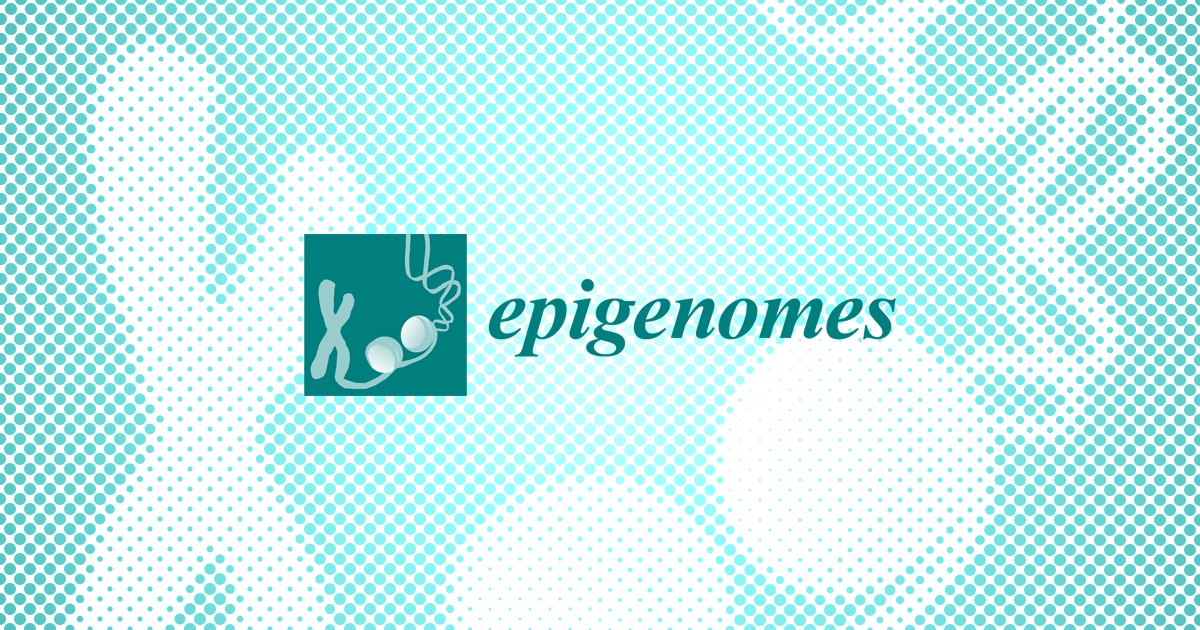This is an early access version, the complete PDF, HTML, and XML versions will be available soon.
Open AccessArticle
1
Department of Biological Psychology, Vrije Universiteit Amsterdam, Van der Boechorststraat 7, 1081 BT Amsterdam, The Netherlands
2
Amsterdam Reproduction and Development Institute, 1081 HV Amsterdam, The Netherlands
3
UCL Cancer Institute, University College London, 72 Huntley Street, London WC1E 6BT, UK
*
Author to whom correspondence should be addressed.
Epigenomes 2024, 8(4), 37; https://doi.org/10.3390/epigenomes8040037 (registering DOI)
Submission received: 25 August 2024
/
Revised: 26 September 2024
/
Accepted: 30 September 2024
/
Published: 6 October 2024
Abstract
Background/Objectives: Human identical twins are born at a rate of 3–4 per 1000 live births. Many other mammals also occasionally produce monozygotic twins, referred to as sporadic polyembryony. The underlying mechanisms are unknown. Through epigenome-wide association studies (EWAS), we identified a robust DNA methylation signature in somatic tissues from human monozygotic (MZ) twins, comprising 834 differentially methylated positions (MZ-DMPs). The results point to a connection between monozygotic twinning and early genome programming and enable new angles to study monozygotic twinning. Methods: The mammalian methylation array (MMA) measures 38,608 CpGs focusing on regions that are well-conserved across many mammalian species, allowing for pan-mammalian comparative epigenomic studies. Here, we successfully map human MZ-DMPs to probes of the mammalian methylation array across 157 mammalian genomes. Results: As expected, based on the modest probe overlap between Illumina 450k/EPIC and mammalian methylation array probes, only a subset of MZ-DMPs reside in conserved regions covered by the mammalian methylation array. These include probes mapping to NPAS3, KLHL35, CASZ1, and ATP2B2. Re-analysis restricting the original EWAS in humans to conserved MMA regions yielded additional MZ-DMPs, suggesting that more loci may be detected by application of the mammalian array to monozygotic twins. Conclusion: In conclusion, the mammalian methylation array may prove to be a promising platform to study whether a shared DNA methylation signature of sporadic polyembryony exists across diverse mammalian species. This may potentially point to shared underlying mechanisms.
Share and Cite
MDPI and ACS Style
van Dongen, J.; Breeze, C.E.; Twinning Genetics Consortium.
Examining the Utility of the Mammalian Methylation Array for Pan-Mammalian Analysis of Monozygotic Twinning. Epigenomes 2024, 8, 37.
https://doi.org/10.3390/epigenomes8040037
van Dongen J, Breeze CE, Twinning Genetics Consortium.
Examining the Utility of the Mammalian Methylation Array for Pan-Mammalian Analysis of Monozygotic Twinning. Epigenomes. 2024; 8(4):37.
https://doi.org/10.3390/epigenomes8040037
Chicago/Turabian Style
van Dongen, Jenny, Charles E. Breeze, and Twinning Genetics Consortium.
2024. “Examining the Utility of the Mammalian Methylation Array for Pan-Mammalian Analysis of Monozygotic Twinning” Epigenomes 8, no. 4: 37.
https://doi.org/10.3390/epigenomes8040037
Article Metrics
Article metric data becomes available approximately 24 hours after publication online.
Source link
Jenny van Dongen www.mdpi.com



